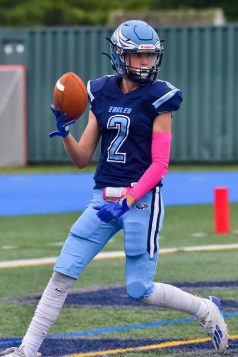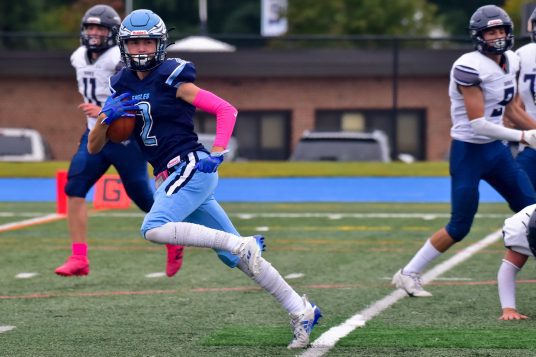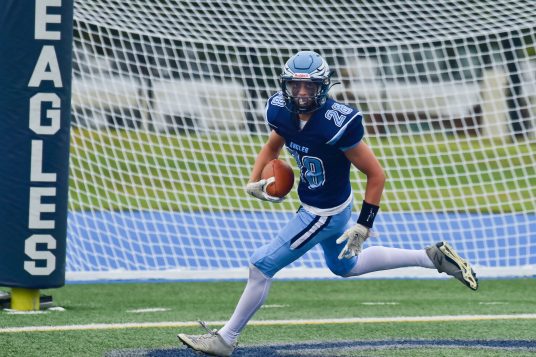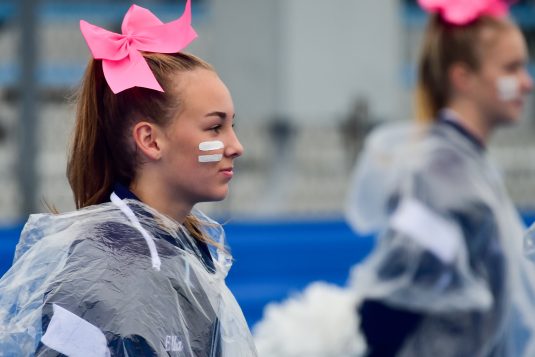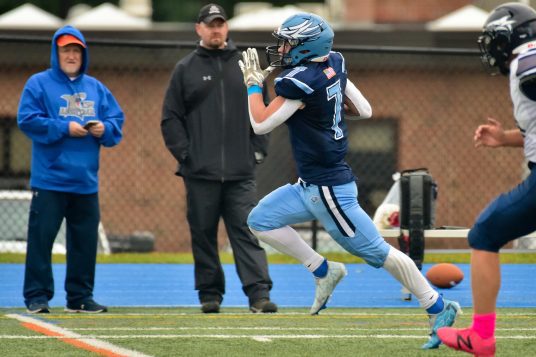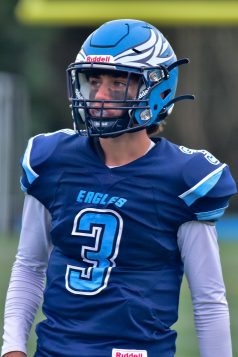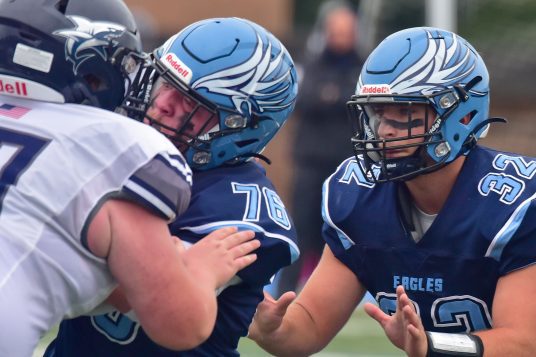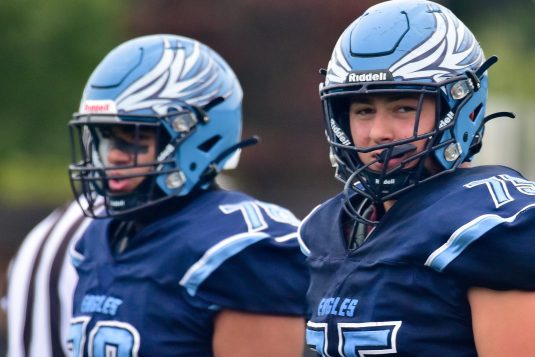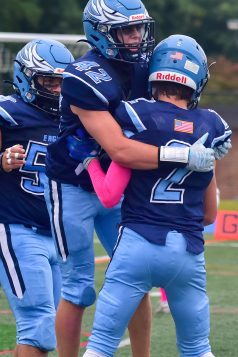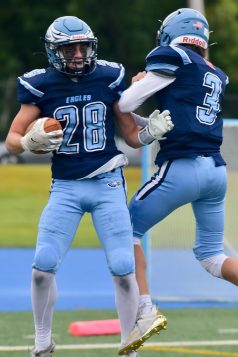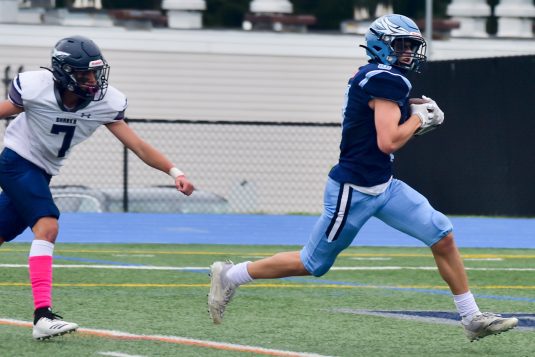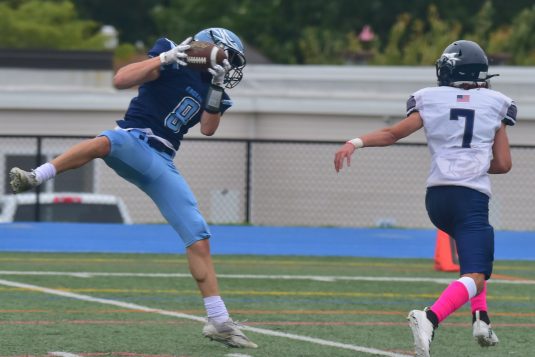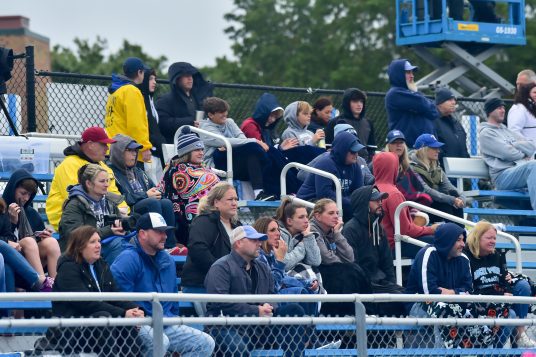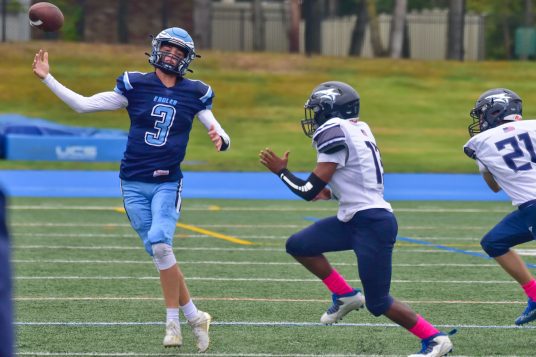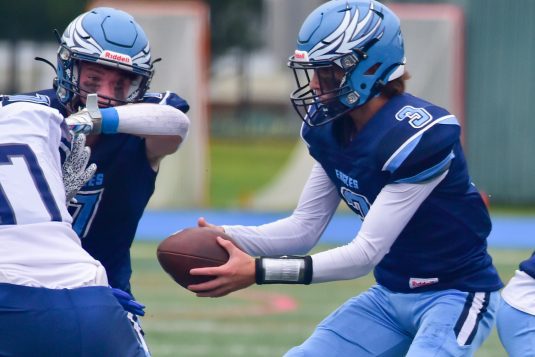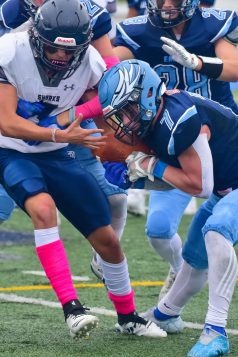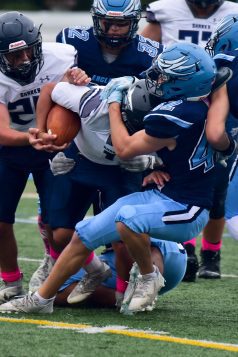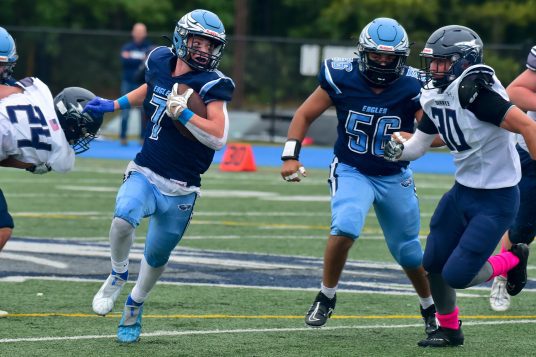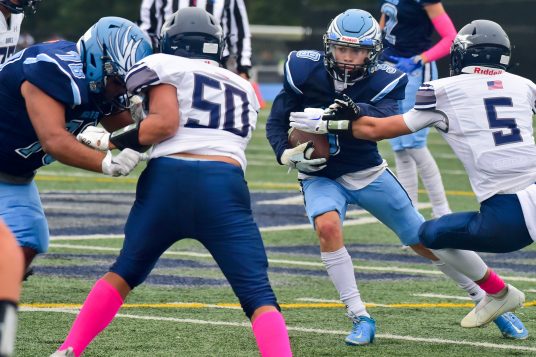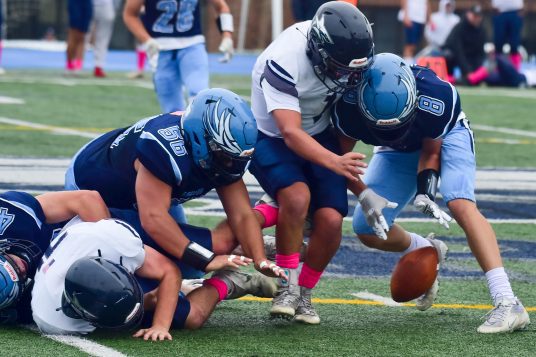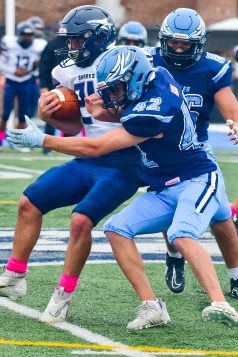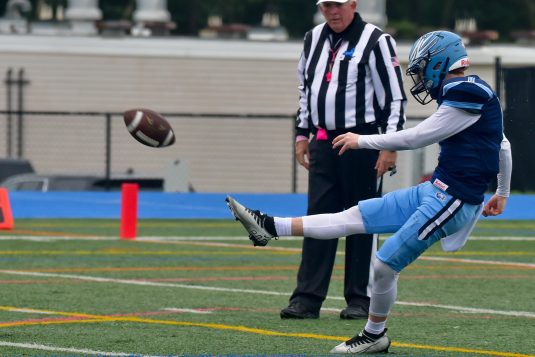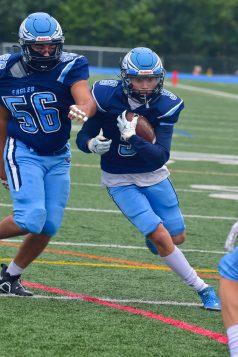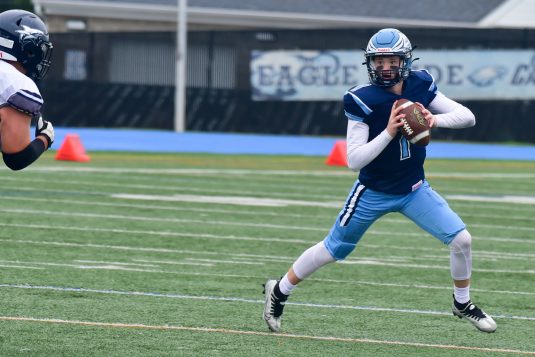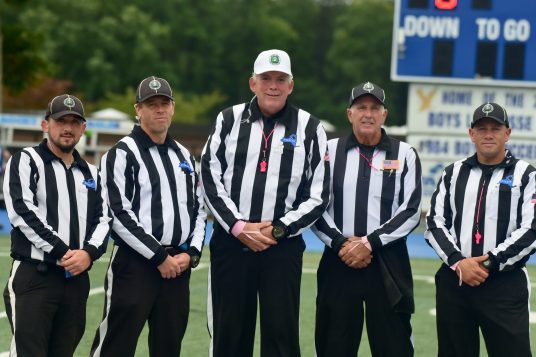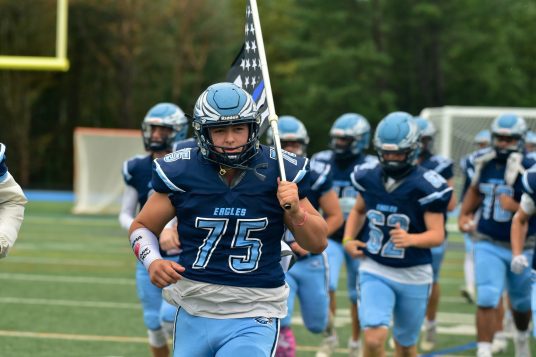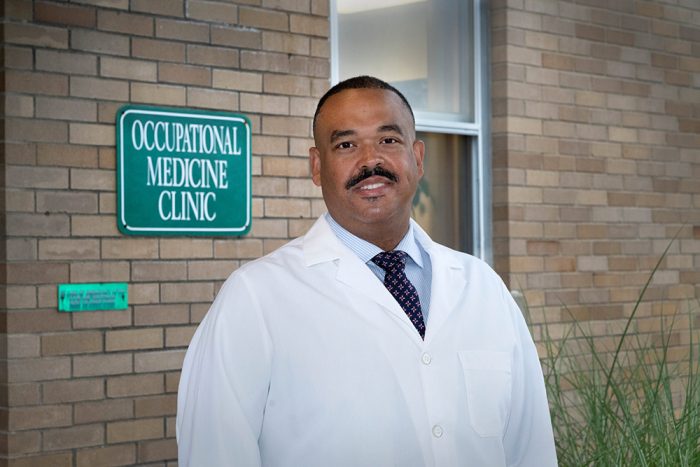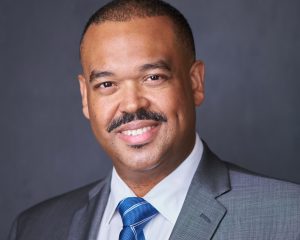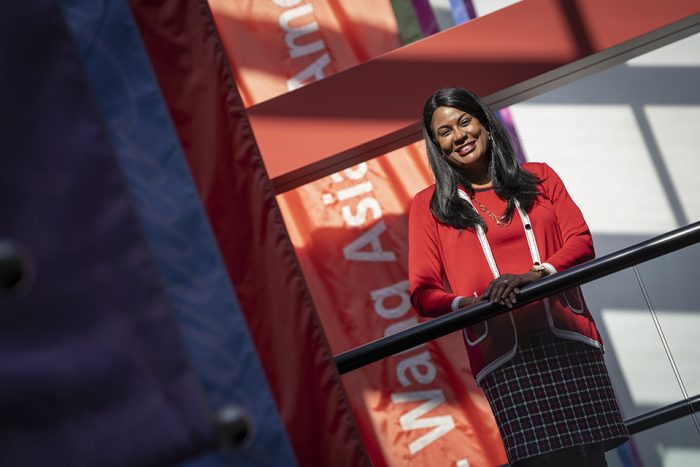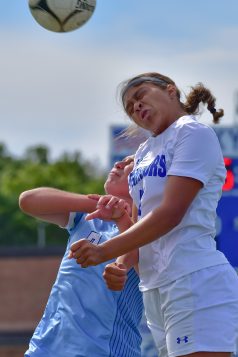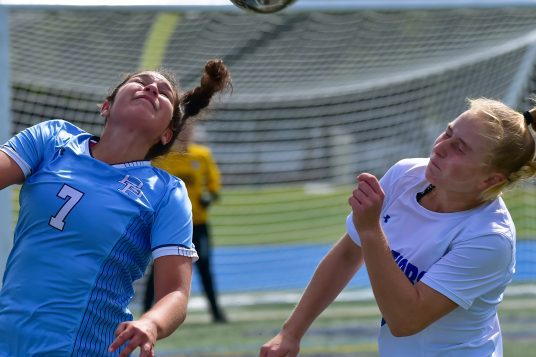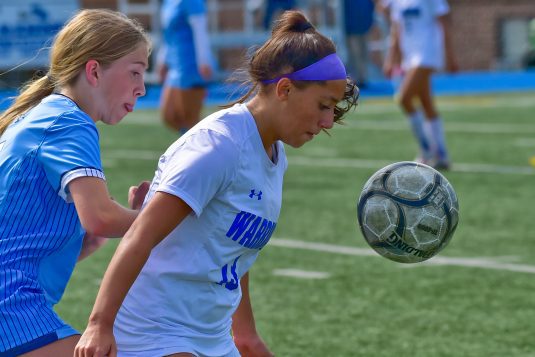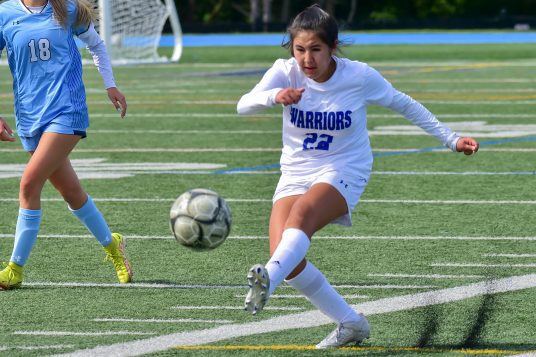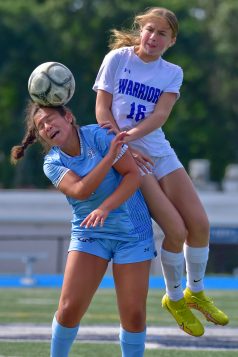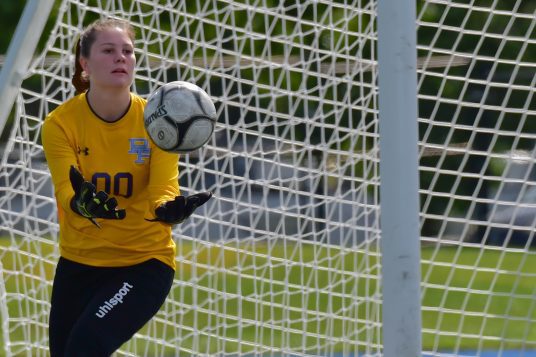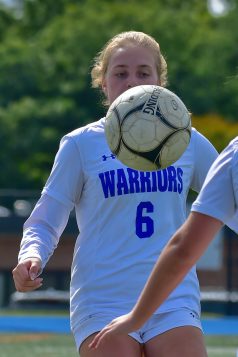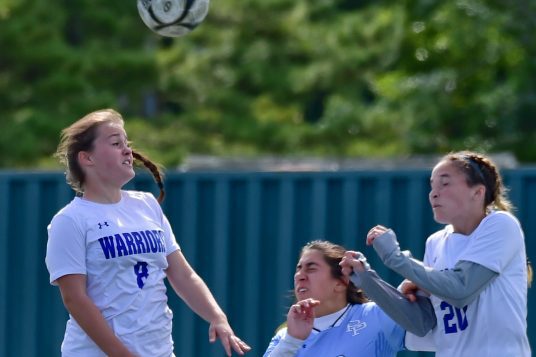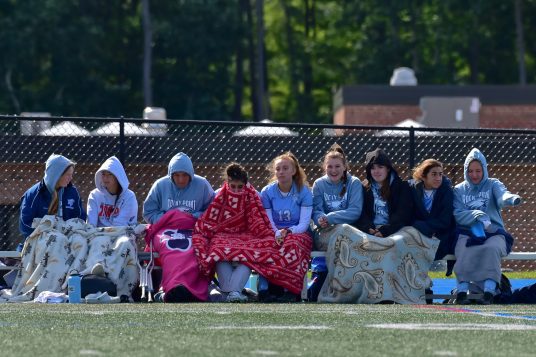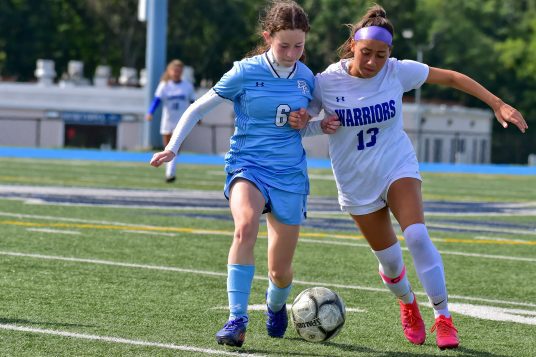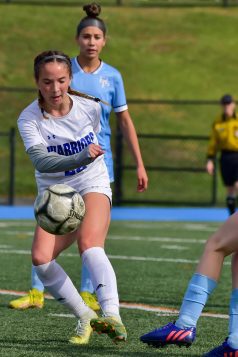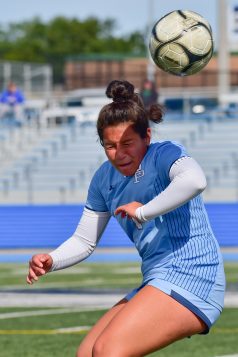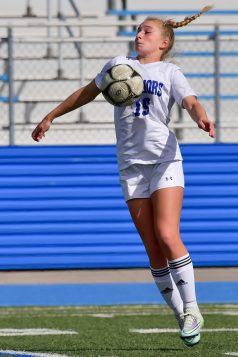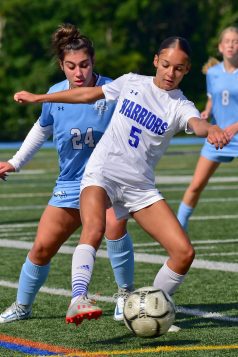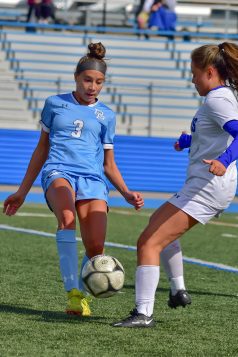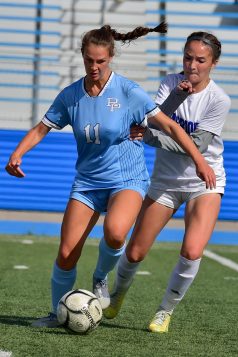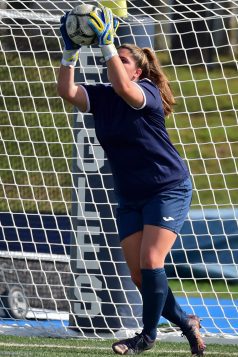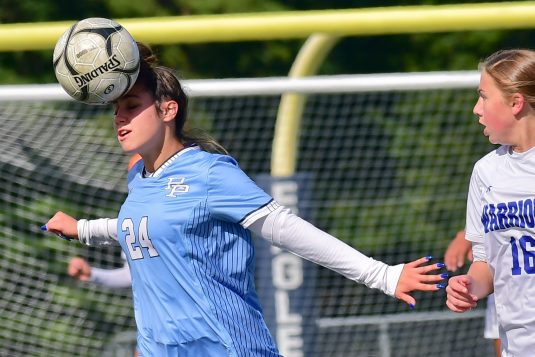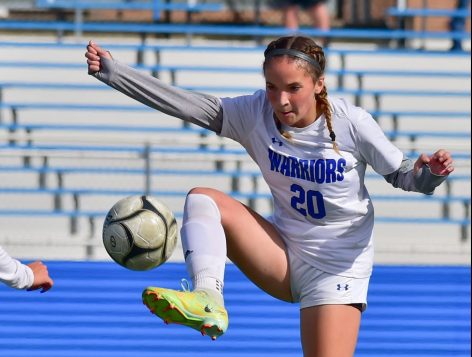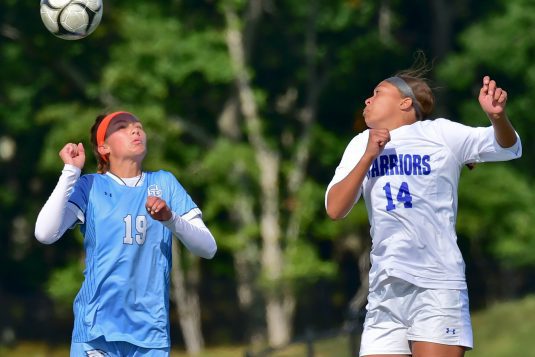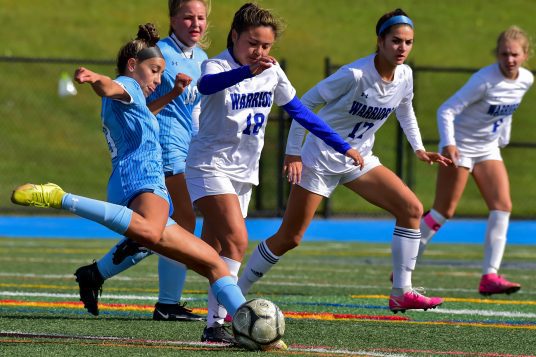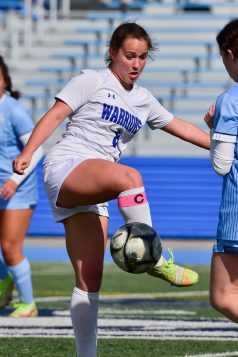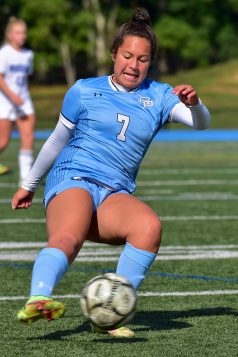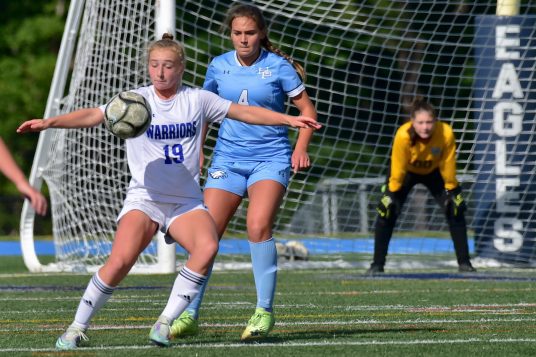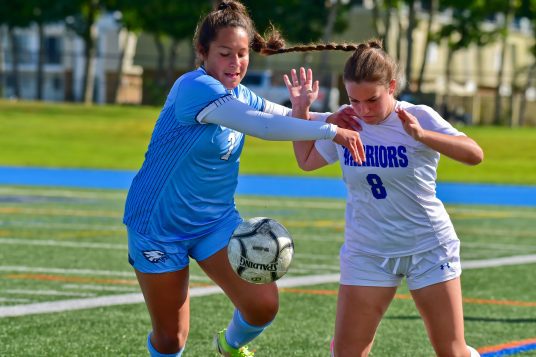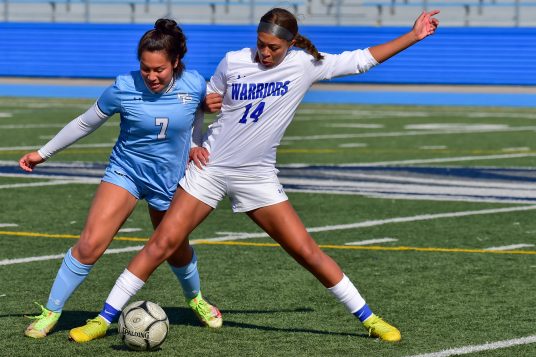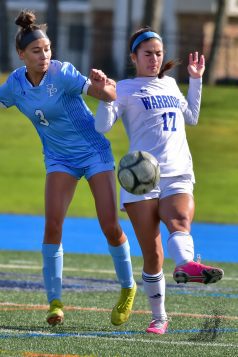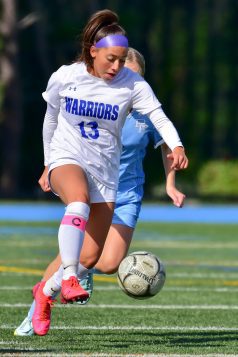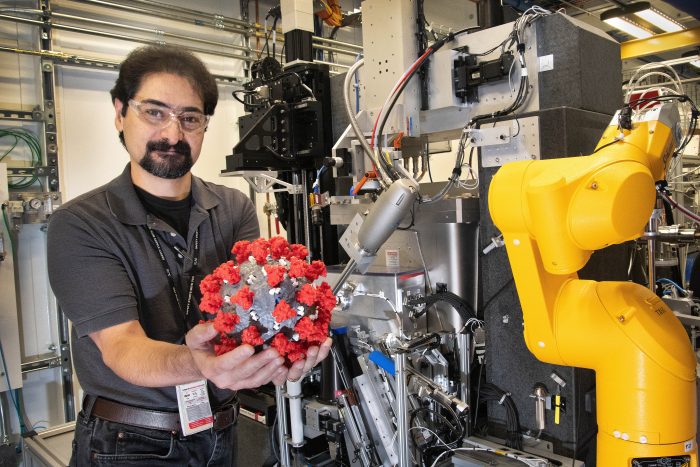By Daniel Dunaief
For close to two and a half years, the world has had a microbial enemy. The SARS-CoV2 virus, which causes Covid-19, has resulted in close to 6.5 million deaths, caused lockdowns, restricted travel, closed businesses, and sickened millions. The key to fighting such a dangerous enemy lies in learning more about it and defeating its battle plan.
Working with principal investigator Daniel Keedy, Assistant Professor at the City University of New York and Diamond Light Source in the United Kingdom, Babak Andi, who is a beamline scientist from the structural biology group at Brookhaven National Laboratory, spent over two years studying a key viral enzyme.
Recently, the researchers revealed the structure at five temperatures of an enzyme called Mpro, for main protease. This enzyme, which separates proteins the virus makes, is critical for the maturation of the SARS-CoV-2 virus particles. They published their work in the Journal of the International Union of Crystallography (IUCrJ).
Using the Frontier Macromolecular Crystallography (FMX) beamline at the National Synchrotron Light Source II at BNL, Andi collected data on the structure of the enzyme at temperatures ranging from 100 degrees Kelvin, which is about negative 280 degrees Fahrenheit, all the way up to 310 degrees Kelvin, which is normal body temperature. “Nobody had done that, specifically for this protein,” said Andi.
Keedy, who guided the data collection, processed the information and wrote most of the paper, described the effort as a “great collaboration.” The gradual change in the conformation of the enzyme helped the scientists learn how it may move or shape-shift in general, he explained.
Keedy had worked with BNL in the past and pursued research at the FMX beamline because the scientists at BNL had “been working with Mpro on site, and were very approachable and open to the idea.”
Finding the specific structure of important proteins like Mpro can help researchers, pharmaceutical companies and doctors search for inhibitors or small molecules that could be specific to these proteins and that might interfere with their function.
Andi and other scientists at this beamline worked through the pandemic shutdown because of the potential practical application of what they were doing.
“We almost had all the infrastructures in place to allow other scientists to connect and operate the beamlines remotely, enabling them to collect data on Covid-19 virus proteins,” said Andi. “In my opinion, being able to support all the academic and industrial scientists to collect data for Covid-19 research was our greatest achievement during the worst period of the pandemic.”
While coming into the lab in those early months raised concerns about their own health, Andi and his colleagues, who developed safety protocols, felt an urgency to conduct this research.
“When Covid hit, we had a sense that this is our duty, this is our job to contribute to this field, to make sure that every scientist who works on Covid-19 had easy access to our beamlines, facilities and all the tools [necessary] to make new drugs,” said Andi.
How they solved the structure
The technology for the beamline enables Andi and other scientists to collect data quickly and even remotely. Speed helps because the longer x-rays hit a protein, the more likely they are to cause the kind of damage that makes determining the structure difficult, particularly at higher temperatures.
The first step in this research was in producing this protein, which Andi’s collaborators at BNL in the biology department provided. The biology department also helped with crystallization.
Andi prepared the beamline and aligned the x-ray beam, which are necessary to collect data.
The scientists rotated and moved the crystal through the x-ray, distributing the beam over the length of the crystal to minimize radiation damage.
The small size of the x-ray beam made it possible to keep the beam focused on the smallest dimension of the structure. The researchers studied the crystal at five different temperatures, starting at cryogenic all the way up to physiological.
Of the 195,000 structures listed in the Protein Data Bank, or PDB, only five had been determined at body temperature. That includes two from the group of collaborators who participated in this study.
Andi collected three or four data sets at each temperature.
“The different conformations we saw may inspire a new twist on antiviral drug development that targets a different place in the protein, but with a similar or better effect,” Keedy explained.
The researchers did not include other factors that might affect the conformation of the protein, such as pH, pressure, the number of ions or salts in the environment, among others. For the Mpro protease to work, it has to bond to another similar protein, forming a dimer.
Andi said the Pfizer treatment Paxlovid binds to the active site of this enzyme, inactivating it.
The drugs he is looking for are similar, although he is also searching for other places on the enzyme besides its active site.
Keedy hopes to try to make a monomeric form of the enzyme through a mutation. He could then find drug-like small molecules that target the exposed interface between the two copies.
BNL origins
After he completed his PhD and post doctoral work at the University of Oklahoma, Andi started his career at BNL 11 years ago as a post doctoral researcher.
During his childhood, Andi was initially interested in astronomy. When he enrolled at a university outside the United States, he took an entrance exam.
“Based on your score, it tells you which discipline of science you can go into,” he said. His score directed him to the field of cell and molecular biology.
“I’m happy this happened,” he said. “I find that I’m actually more interested in molecular biology than in astronomy.”
Outside of work, Andi enjoys do-it-yourself projects. Astronomy also continues to appeal to him, as he is fascinated with astrophotography and reads astronomy articles.
As for the work with a Covid enzyme, Andi hopes he has other opportunities to contribute.
“I am interested [in continuing] the research in this field,” he explained. “That depends on time, resources and current or future priorities.”
